Genetic Engineering Company Strives to Revive Extinct Species and Return it to its Original Habitat
A genetic engineering company is currently engaged in a project that aims to revive an extinct Mauritian bird that was last seen nearly four centuries ago.
Humans played a significant role in the extinction of the Dodo, and now, a team of scientists is hoping to use gene editing techniques to mine the genome required to create the animal within the body of a living relative.
The Life of a Dodo
The dodo was a small species of flightless bird that thrived on the island of Mauritius, approximately 500 miles east of Madagascar. It primarily lived in forests and ate seeds, nuts, roots, and fruits.

Source: Wikimedia
Dodos are placed into the Raphidae family, which includes two other species of bird, including pigeons, which are their closest living relatives.
The Extinction of the Dodo
Portuguese sailors making their way through the region in 1507 were the first to document the bird. Dodos managed to remain prevalent during the early human presence on the island. However, they only laid one egg per year.

Source: Wikimedia
Eventually, the numbers began to dwindle, and by 1681, it was thought the species had gone extinct due to several factors, including hunting and the introduction of various animals to Mauritius, like goats, deer, and pigs.
Gene Editing Company Seeks to Revive Dodo Bird
A group of researchers from Colossal Biosciences is currently working on a project that could see the resurrection of the dodo bird using advanced gene editing techniques.

Source: Wikimedia
Colossal Biosciences has previously made headlines after revealing its plans to revive the woolly mammoth and the Tasmanian tiger. However, according to The Guardian, the dodo would be a revolutionary project as it involves changing techniques to create an external egg.
Researchers Aim to Plant Dodo Gene Within a Pigeon Egg
The practice of reviving an extinct species has been met with conservative backlash, most of which centered on ethical dilemmas. For example, in the case of the woolly mammoth, scientists would implant the gene-editing material into an elephant.
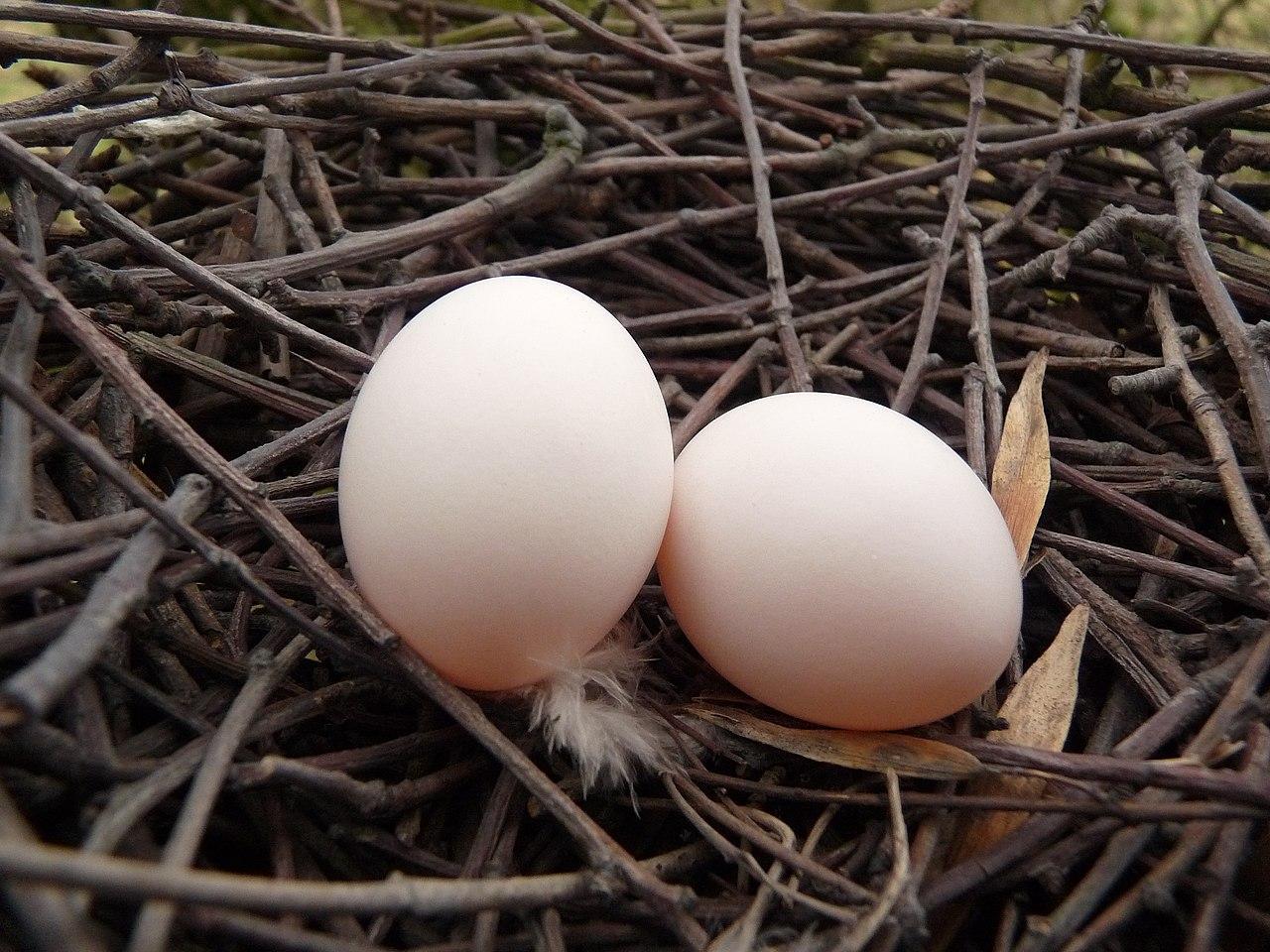
Source: Wikimedia
Whereas, for the dodo, researchers propose the process would be less taxing for donor species. They would modify the pigeon’s genetic material to include key traits associated with the dodos, including their inability to fly.
Researcher Becomes Fascinated With the Dodo
Colossal’s lead palaeogeneticist, Beth Shapiro, explains she has been avidly fascinated with dodos since she came across a preserved specimen on display in Oxford over two decades ago.
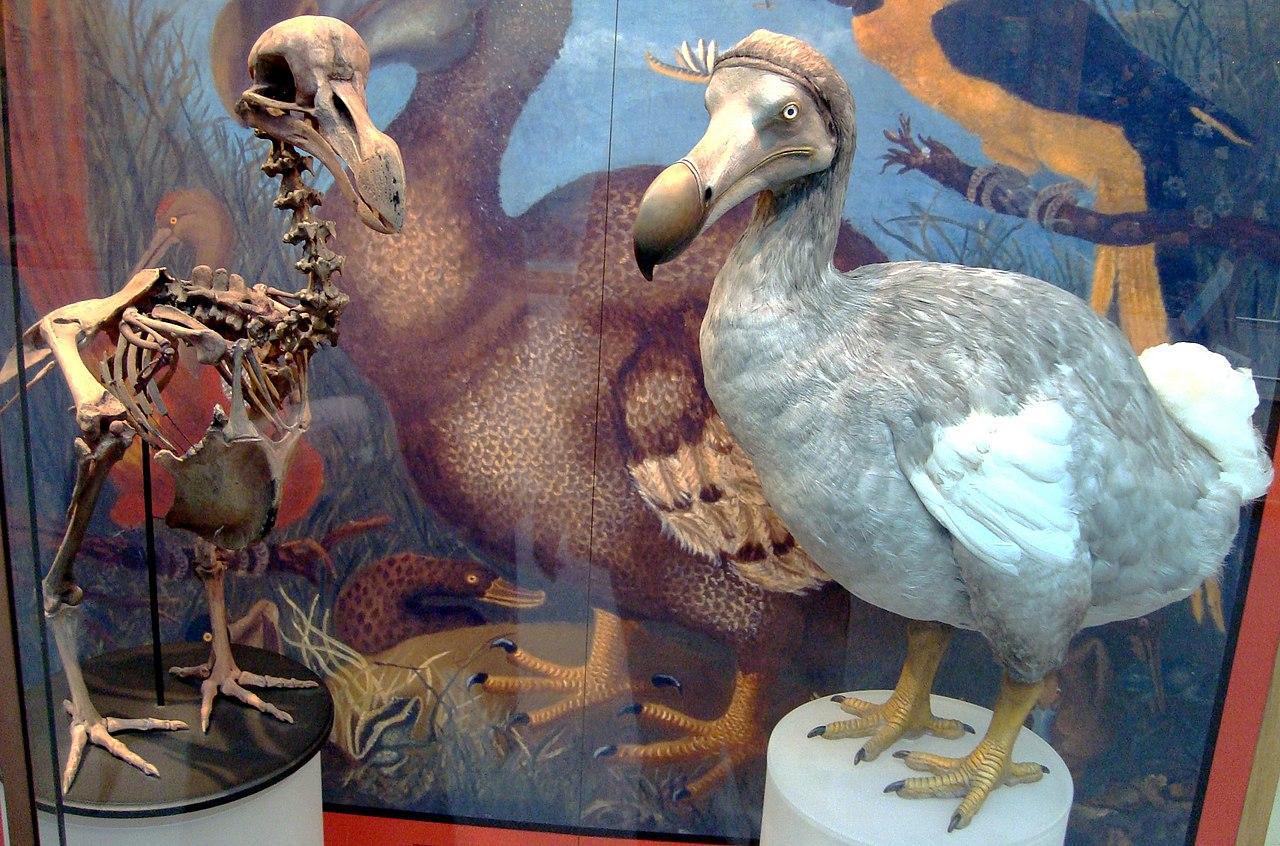
Source: Wikimedia
Shortly after, Shapiro spoke with the museum’s officials and persuaded them to allow her to extract its DNA to examine its genome.
Geneticists Reveal the Dodo Would not Be an Exact Replica
According to Shapiro, hundreds of dodos are in museums across the globe, and it’s now relatively easy to sequence the genomes of extinct birds.

Source: Freepik
However, the genetics did admit that while it’s possible to bring the species back to life, it would not be exactly the same as the bird that originally existed on the island of Mauritius.
Geneticists Are Currently Engaged in Isolating the Dodo’s Genes
Shapiro explains the task they are currently engaged in, stating, “What we are trying to do is to isolate the genes that distinguish the dodo.”
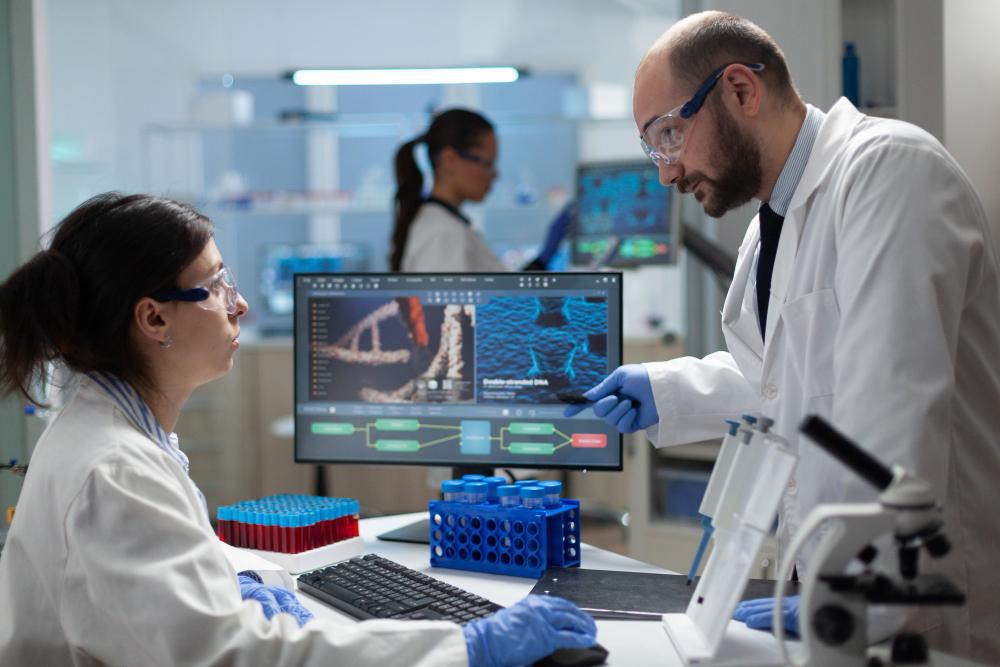
Source: Freepik
She added, “It would be crazy to think the solution [to the world’s biodiversity crisis] was to bring back a proxy.”
The Repopulating of Dodos on Mauritius
Ben Lamm, co-founder and current chief executive of Colossal, explains that the company is currently raising additional funds equating to around $150 million to continue pursuing its research on the dodo.
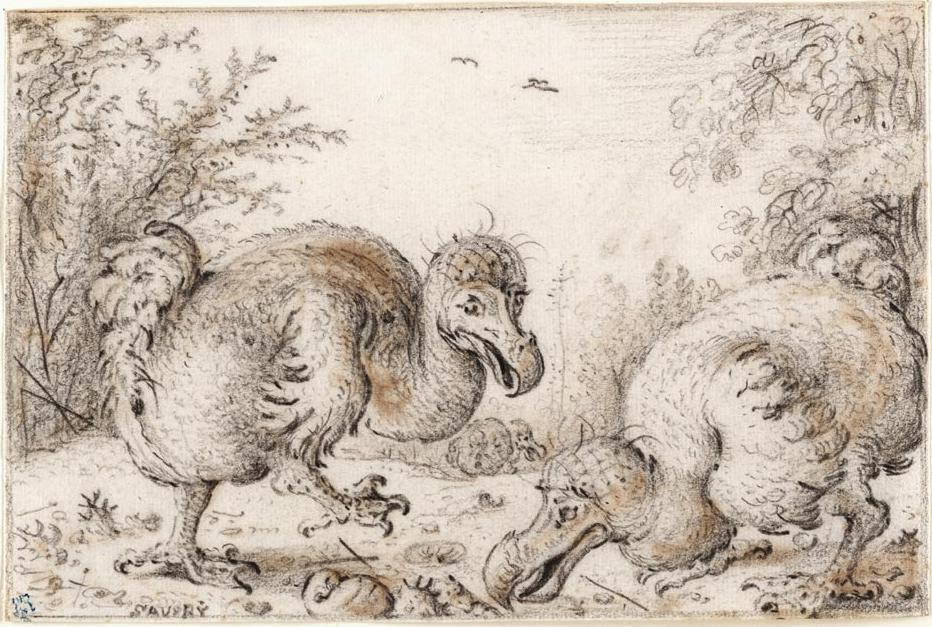
Source: Wikimedia
According to Lamm, “We are very transparent that [the place] to reintroduce the dodo into the wild would be Mauritius,” he said.
Preventing Future Extinctions
Lamm also proposes their current research could help species currently facing extinction around the world, potentially revolutionizing conservation efforts and inspiring further action.
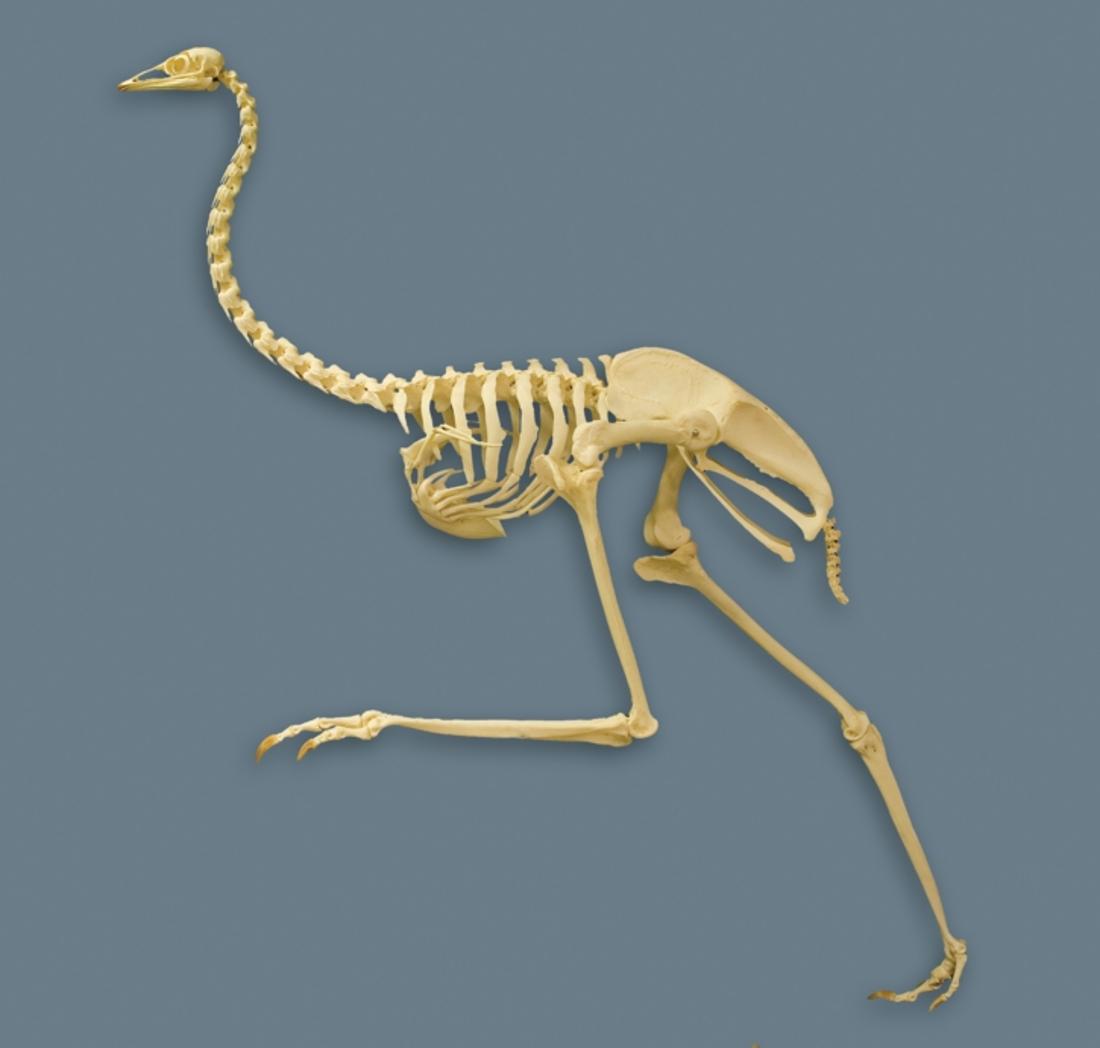
Source: Wikimedia
Scientists are currently developing techniques that would allow them to preserve several key genes that make animals unique. Ultimately, he suggests this could be vital in their conservation and may help them adapt to new climates.
The Difficulty of Recreating the Dodo’s Genome
Prof. Ewan Birney, deputy director of the European Molecular Biology Laboratory, who is currently not involved with Colossal’s dodo project, claims it will be “very, very challenging” to successfully recreate the extinct bird’s genome.
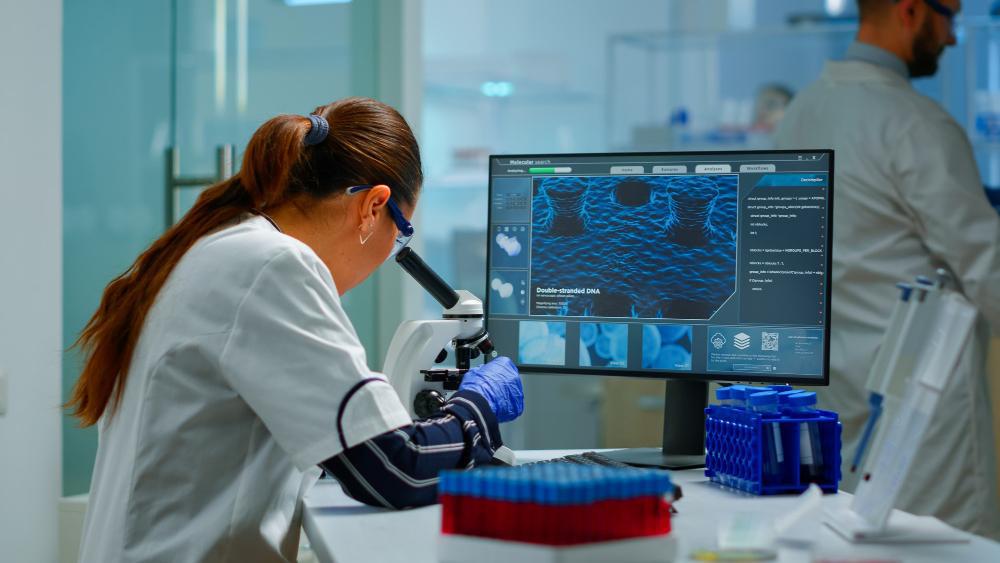
Source: Freepik
“There is no doubt this is an iconic bird. I’ve no idea whether the mechanics of this will work as they claim, but the question is not just can you do this but should you do it,” he added.
A Waste of Resources
Regarding the project, Birney admits he’s unsure why Colossal is striving to bring the extinct bird back to life, suggesting the resources could be better utilized elsewhere.
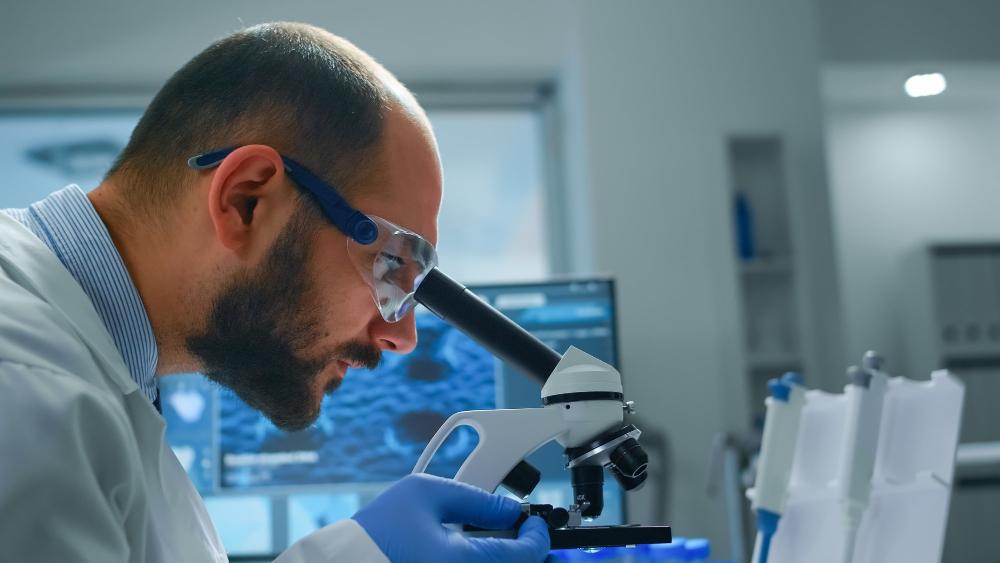
Source: Freepik
“There are people who think that because you can do something, you should, but I’m not sure what purpose it serves and whether this is really the best allocation of resources. We should be saving the species that we have before they go extinct,” said Birney.
